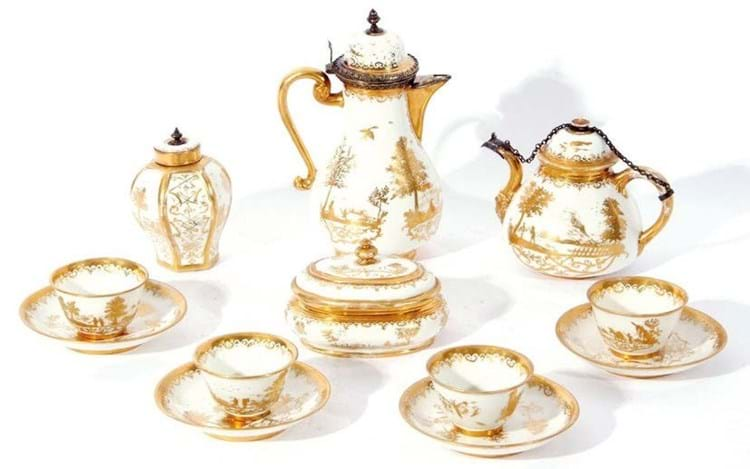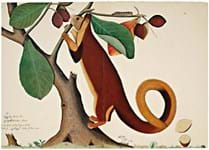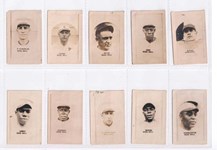The estimate of £10,000-15,000 proved spot on: it sold to an internet bidder at £15,100 (plus 20% premium).
Much of the decoration on Meissen porcelain from this early period was hausmaler work (literally home made), done on ‘blanks’ by freelance artists working outside the factory.
Although it was more than 200 miles from Dresden, the key centre was Augsburg where two family workshops have been identified: that of Abraham and Bartholomaus Seuter, who principally worked in gold alone, and the atelier of Johann Auffenwerth and his daughters Sabina, Anna Elizabeth and Johanna.
By 1730, Meissen would be concerned about hausmaler and the problems of quality control and competition it presented, but between 1722-29 the archives show regular payments were made to the Seuter shop that is described in the entries as a correspondenten, or trading partner.
All pieces in this Norfolk set (except the hexagonal caddy) have the same decorator’s initials LS to the base and are almost certainly from the Seuter workshop. The scenes of courtly figures engaged in hunting stag, boar and wildfowl are mostly taken from engravings by Johann Elias Ridinger (1698-1767), an artist who also spent much of his working life in Augsburg.
Once the fragile and valuable porcelain had completed the cross-country journey for gilding, it made sense to finish the ‘gilding of the lily’ and have it mounted there in silver gilt by one of the city’s 250 goldsmiths.
A specialist in this work was Elias Adam (c.1669-1745) whose mark appears to the mounts of the tea pot and the coffee pot in this set – and to many other Seuter-Meissen pieces from this embryonic period.















